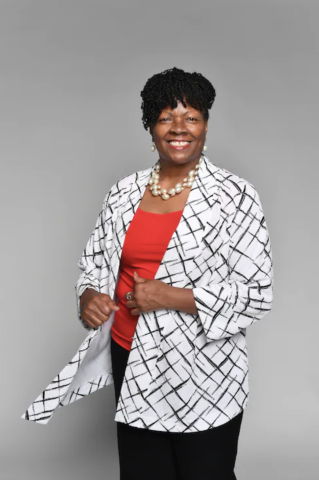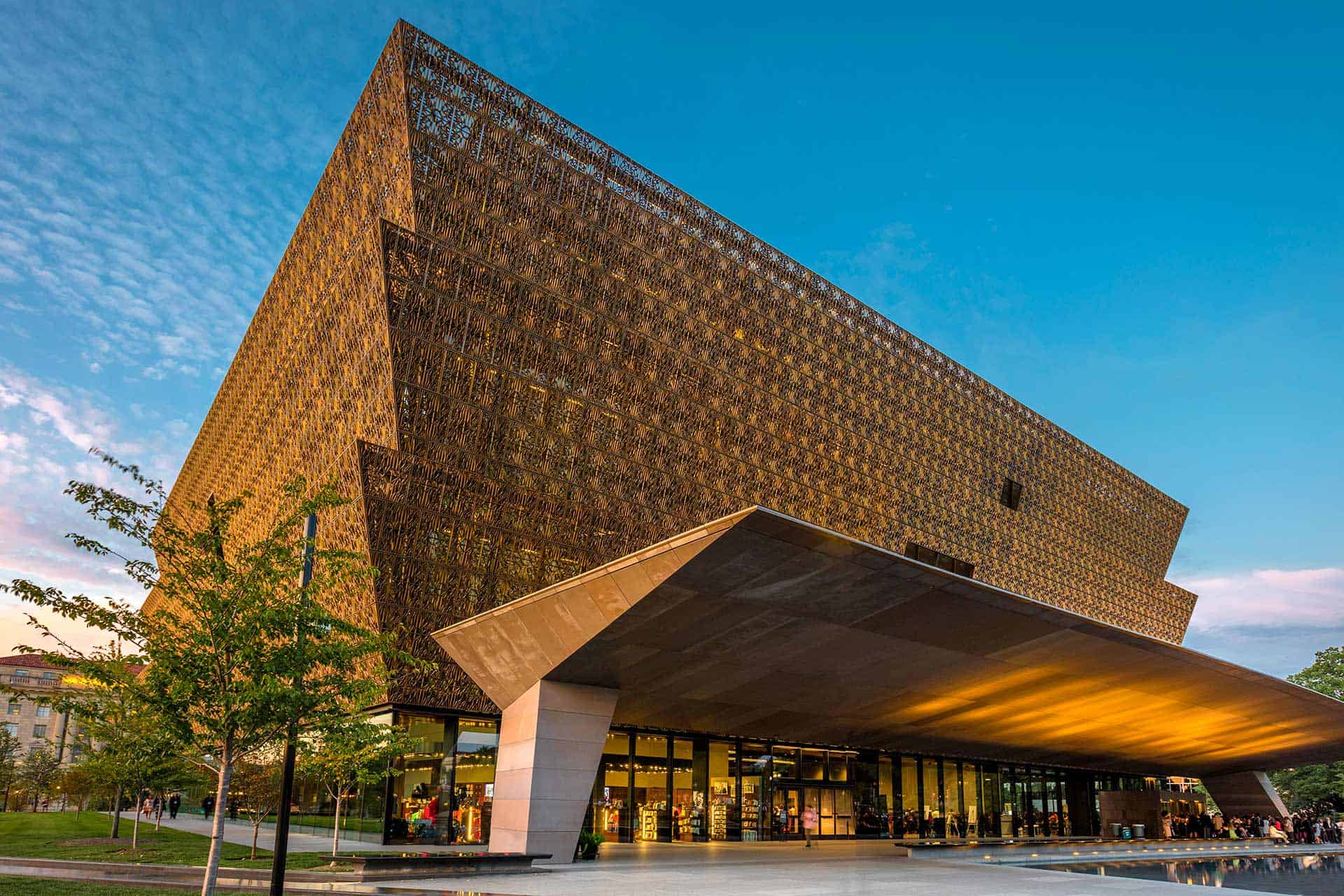Alumna and curator at Smithsonian museum to share her story during an alumni weekend in Washington, D.C.
When Elaine Nichols (SAS '80) was about 4 years old, her family home went up in flames. As her oldest brother, Billie, pulled her to safety, she pleaded with him—in vain—to stop so she could retrieve a framed portrait of their grandmother as a baby.
All the photographs were lost, along with the house itself, but Nichols' preservationist instincts later established her as keeper of the family history. "I'm the family pack rat," she said, smiling. "I've always been fascinated by photographs and the stories behind the people."
Today, she preserves details of the past for a much larger community as senior curator of culture at the Smithsonian’s National Museum of African American History and Culture. She oversees staff members whose focus areas include furniture, sports, music and, Nichols’ own field of expertise, fashion.
As at any Smithsonian offering, museumgoers could spend weeks soaking up every fact and artifact. But this museum’s "dwell time"—how long a visitor typically stays—is unprecedented, reporting averages in its early years of more than six hours on weekends, compared with 45 minutes to two hours for most museums.
“It has become a place of pilgrimage,” said Nichols, “not just for Blacks, but for whites as well, and for people around the world."
The building’s lower floors, dimly lit and heavy with the weight of history, explore slavery and segregation, while upper galleries—lighter, both literally and metaphorically—showcase African Americans' contributions to music and performing arts, sports, literature and the culinary arts.
The museum's collection includes a hymnal of Harriet Tubman, a former slave who led hundreds to freedom; the original casket of Emmett Till, a 14-year-old brutally murdered in 1955 by Ku Klux Klan members; and singer, songwriter and musician Chuck Berry's red 1973 Cadillac Eldorado.
In March, the African American Alumni Association (AAAA) of Case Western Reserve University will lead its own pilgrimage to the museum in a weekend visit to Washington, D.C. The trip is open to all CWRU alumni and will feature a discussion with Nichols, among other activities.
“Attending Case Western Reserve University was a life-changing experience for me,” said Nichols. “I am so excited to join President Eric Kaler and his wife, Karen, in D.C., and to share my experiences working at the National Museum of African American History and Culture with my CWRU family.”
Learn more about the visit to Washington, D.C., March 10–12, and register today
*Original article by Adrienne Frank published in the spring 2018 issue of Think magazine. Read the full story to learn more about Nichols and the museum.



